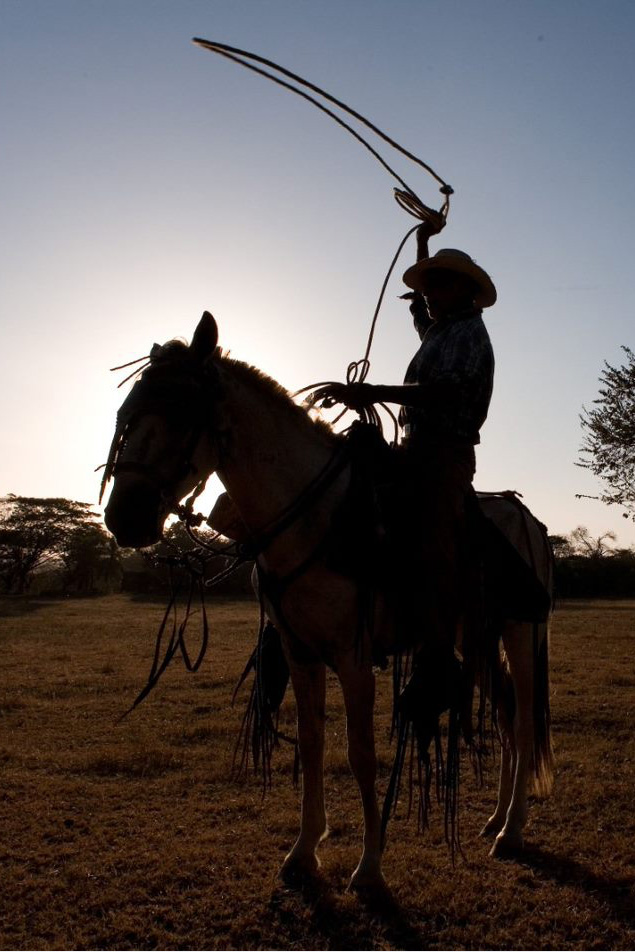Liberia Honey
Our honey: harvest 2021
Blue Zones Nicoya is a company highly committed to Guanacaste beekeepers and this year we have started a traceability project where we give visibility to our consumers of the origin of the 100% pure raw honey that we pack.
We want our consumers to discover where honey comes from, why it varies in color year to year and of course what organoleptic characteristics it possesses, and to be able to enjoy each one of them with their individual characteristics.
The value of honey not only has to do with excellent flavor, but is associated with the importance of the bees that produce it, in the pollination process and therefore for the maintenance of life on our planet.
The world of honey is wonderful!
There are several factors that affect honey’s color and flavor, however, the main factor is the collection of nectar from bees, they visit around 50 to 100 different flowers on each one of their trips. The honey process is extremely interesting and it’s an excellent example of good teamwork. The bees go through 4 crucial steps until they reach the decadent syrup.
Step 1. The worker bees collect nectar.
When the working bees finally find the nectar they want, they use their proboscis (elongated appendix located on the head) to suck the sugar from the flowers. With a little saliva from the bee, it is stored in a special sac in the stomach, when this sac is full the bee returns to its hive to leave all the nectar.
Step 2. The nectar is sent home.
As honey passes from one bee to another, the enzymes in their saliva change the pH and other chemical changes occur. At this stage the mixture contains a lot of water so the bees work to dry it little by little.


Step 3. Dehydrate the honey.
Some water is removed while the honey is passed from bee to bee, but what dehydrates the honey the most is when it is passed into the honeycomb. When the bees spread the honey in the hexagons, as it has more space, honey can evaporate its water particles faster. Something incredible about this process is that thanks to the constant movement of the bees’ wings there is a constant air flow that causes the water content in the honey to go from 70% to 17-20% at most.
Step 4. The honey is stored in the honeycomb.
The last step is how the honey is stored. When the honey is in its respective hexagon, the bees cover it with wax that they make. This is to maintain the freshness of the honey until the moment that they decide to feed from it. Or in another case, when us humans decide to harvest it.
It is an amazing teamwork!
Liberia
Liberia is the largest and most populated city in Guanacaste. It is a key place for tourism in the country since it has the Daniel Oduber international airport which is the pillar of the economy in Guanacaste. Formerly it was known as “La Ciudad Blanca” (The White City) due to the white gravel that was once used to make the city’s roads and the whitewashed colonial house. Some of the most beautiful beaches in the country belong to the Liberia district since the Papagayo Peninsula is located in the canton. Liberian bees feed on the most common flora in the area: Guachipelín, Madroño, Encino, Poro Poro, Guacalillo and Saino.
Flowering predominant in the apiary
Gallinazo
Scientific name: Schizolobium parahybum
It reaches heights of up to 35m, its wood is soft and light. Small yellow flowers appear between January and March
Madroño
Scientific name: Arbutus unedo
It is a small fruit tree, it doesn’t exceed 7 meters in height. Its flowers are reddish and appear in the humid months. Its fruit has a lichee appearance, is also called strawberry tree.
Saino
Scientific name: Caesalpinia eriostachys
Its trunk does not go unnoticed, due to the many and varied roots that are entangled to create its trunk that cover it from the base to the thickest branches, as if they were thin trunks fused together.
Poro Poro
Scientific name: Clochospermun vitifolium
It reaches 35 meters in height and contains a large, fleshy yellow flower.
Guachipelin
Scientific name: Diphysa americana
It does not exceed 15 m in height and is known for the beauty and density of its yellow flowers.
Encino
Scientific name: Quercus xalapensis
It grows up to 25-30 meters in height, the same tree produces flowers of both sexes that appear between the months of February to March.
Guacalillo
Scientific name: Amphitecna sessilifolia
It grows 4 to 8 m tall. Flowers can be observed almost all year round from February to March, July to September and in December.

